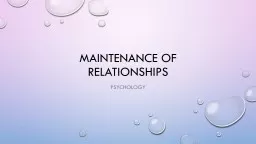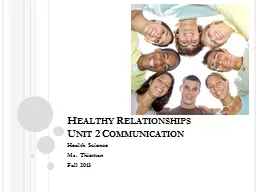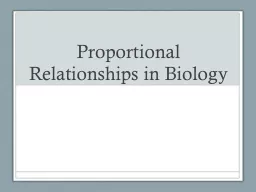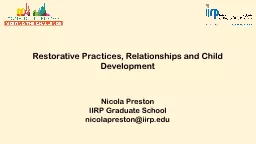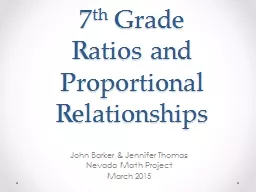PPT-Maintenance of relationships
Author : kittie-lecroy | Published Date : 2016-03-12
psychology What can you remember from last week This week we will be focusing on maintenance RewardNeed Satisfaction Model RECAP So what are the five factors influencing
Presentation Embed Code
Download Presentation
Download Presentation The PPT/PDF document "Maintenance of relationships" is the property of its rightful owner. Permission is granted to download and print the materials on this website for personal, non-commercial use only, and to display it on your personal computer provided you do not modify the materials and that you retain all copyright notices contained in the materials. By downloading content from our website, you accept the terms of this agreement.
Maintenance of relationships: Transcript
Download Rules Of Document
"Maintenance of relationships"The content belongs to its owner. You may download and print it for personal use, without modification, and keep all copyright notices. By downloading, you agree to these terms.
Related Documents

